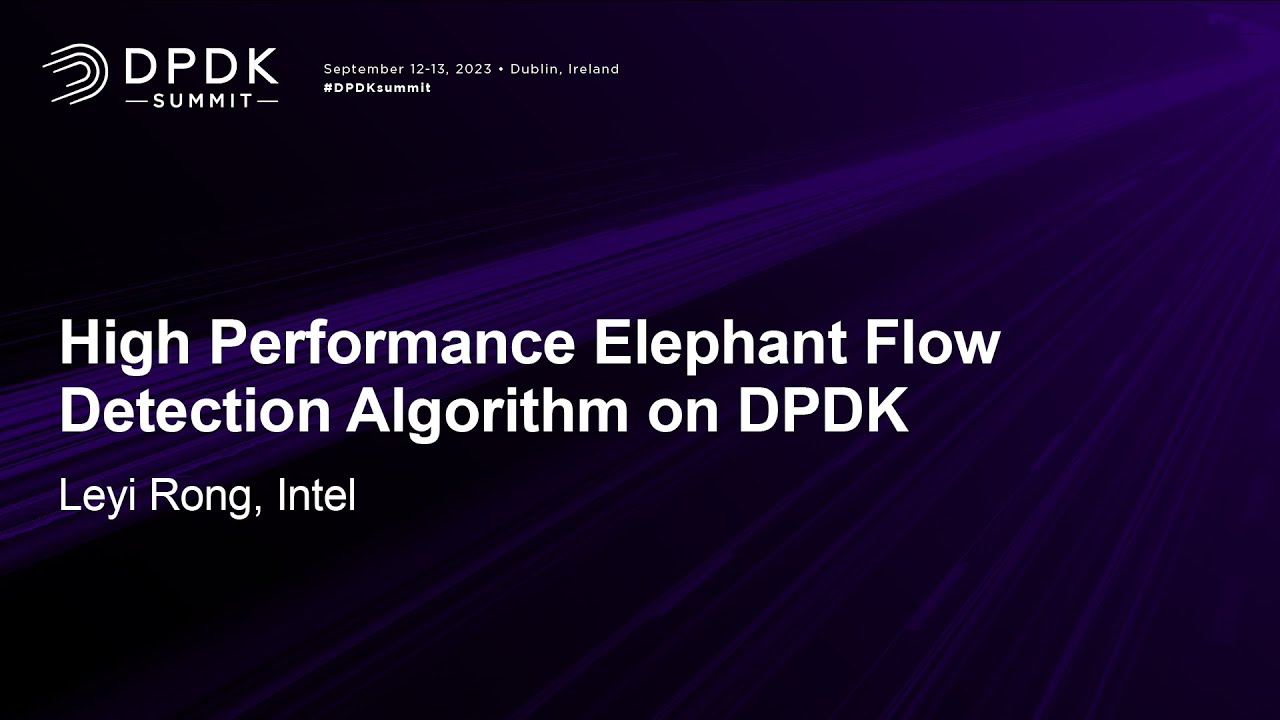In today’s data-driven world, the volume of information generated and consumed has reached unprecedented levels. From social networks to recommendation engines, search engines to fraud detection, much of this data can be represented in the form of graphs. Graphs, consisting of nodes and edges, capture relationships, making them invaluable in various applications, from analyzing social connections to uncovering patterns in massive datasets. However, processing such large-scale graphs efficiently is not a trivial task. This blog explores how high-performance algorithms are revolutionizing the way we process big data graphs and the impact of innovations like machine learning algorithms for large datasets.
The Challenge of Large-Scale Graph Processing

Graph processing poses unique challenges, particularly when it comes to scaling up to handle billions of edges and nodes. Traditional algorithms often struggle with the complexity and size of modern data graphs. As the size of graphs grows, so does the need for high-performance algorithms capable of making sense of this vast information efficiently.
One of the key hurdles in graph processing is the scalability issue. With massive datasets, even simple operations like traversing or updating graphs can lead to significant delays. For instance, performing a basic breadth-first search (BFS) on a graph with billions of nodes could take hours if not optimized. This is where efficient algorithms for online decision problems come into play, ensuring that decisions can be made in real-time even as data streams in.
High-Performance Algorithms to the Rescue
To tackle these challenges, engineers and researchers are leveraging high-performance computing for dummies style techniques, which make advanced computational concepts accessible. High-performance graph algorithms are designed to utilize hardware capabilities, such as multi-core processors, GPU clusters, and distributed computing, to process large datasets rapidly.
Some examples of high-performance graph algorithms include:
-
Graph partitioning algorithms:
These algorithms break down massive graphs into smaller, manageable subgraphs that can be processed in parallel.
-
PageRank optimization:
PageRank, the algorithm behind Google’s search engine, ranks web pages by their importance. High-performance versions of this algorithm utilize GPUs to process large graphs in fractions of the time it would take with traditional methods.
-
Graph Convolutional Networks (GCNs):
These are neural networks that operate on graph-structured data, often used in machine learning algorithms for large datasets like social networks or knowledge graphs.
These optimized algorithms significantly reduce computation times and memory consumption, allowing for real-time or near-real-time processing of big data.

Graph Processing Meets Machine Learning
The intersection of graph processing and machine learning algorithms for large datasets has opened up a new frontier in big data analytics. Graph-based machine learning models, such as GCNs, use the structure of graphs to improve the accuracy and efficiency of predictive tasks.
Moreover, large-scale language models, such as those used in natural language processing (NLP), are benefiting from the advancements in graph processing. For instance, efficient large-scale language model training on GPU clusters using Megatron-LM has shown how scaling models can be handled effectively. Megatron-LM is a powerful tool that trains large transformer models on massive datasets by leveraging GPU clusters for distributed computing, enabling the training of state-of-the-art models with billions of parameters.
These language models rely heavily on the graph-like structure of knowledge graphs to improve language understanding, sentiment analysis, and content recommendation systems. By training these models efficiently, organizations can process huge amounts of unstructured text data in real-time, enhancing decision-making and user experience.

The Role of Efficient Algorithms in Real-Time Decision Making
Real-time data processing is critical in various industries, such as financial services, healthcare, and e-commerce, where decisions must be made in split seconds. Efficient algorithms for online decision problems help ensure that systems can adapt to new data without losing speed or accuracy.
For example, in fraud detection, online algorithms can analyze large volumes of transactional data as it is being processed, identifying suspicious patterns in real-time. Similarly, in recommendation engines, graph-based algorithms provide personalized suggestions based on the user’s activity, improving engagement and user satisfaction.
These real-time systems rely on high-performance algorithms and architectures to deliver results at lightning speed, ensuring businesses stay competitive in the digital age.
Conclusion
Graph processing is central to many applications in the modern world, from social networks to machine learning. The evolution of high-performance algorithms is unlocking the potential of big data by making graph processing faster and more efficient. By harnessing the power of high-performance computing for dummies approaches and efficient large-scale language model training on GPU clusters using Megatron-LM, organizations can analyze massive datasets in real-time and derive actionable insights.
As the size and complexity of data continue to grow, so too will the need for scalable, efficient algorithms capable of processing that data. By staying on the cutting edge of graph processing and high-performance computing, businesses and researchers alike can continue to push the boundaries of what’s possible in big data.










